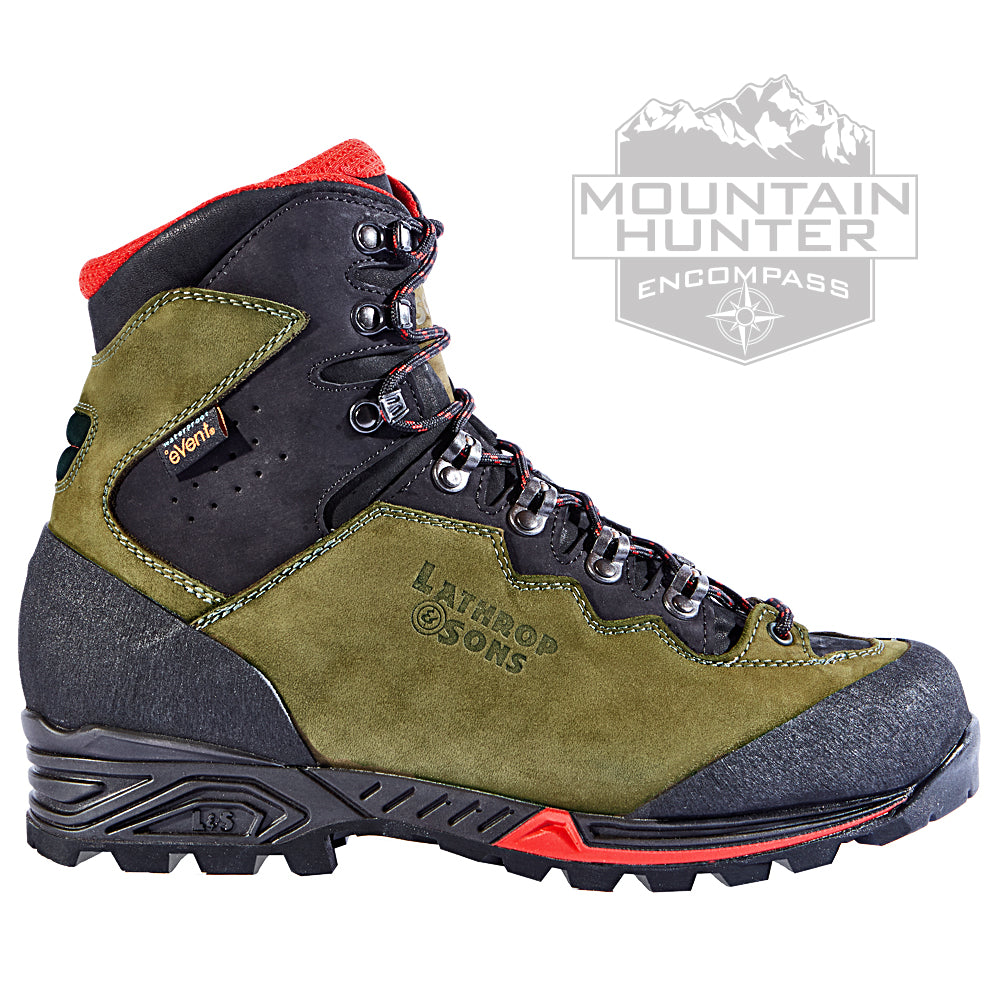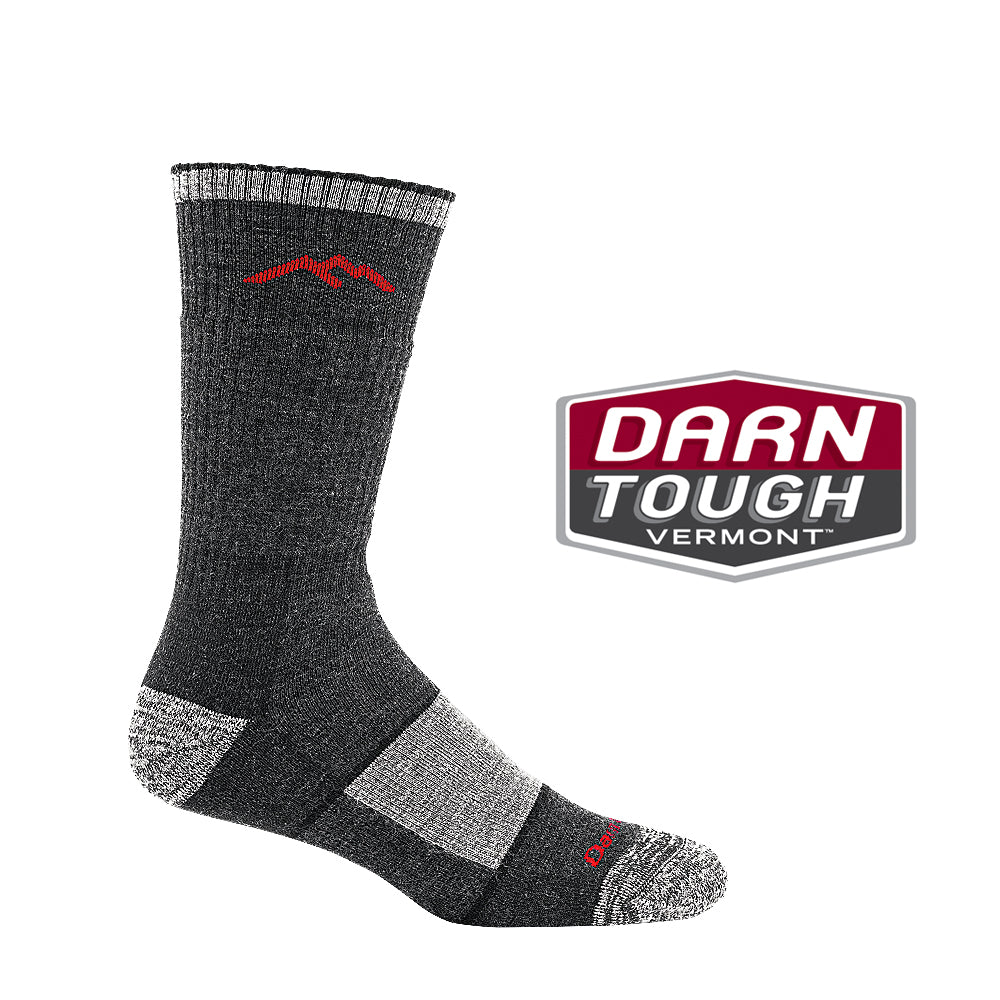- Joined
- Mar 5, 2025
- Messages
- 87
In an attempt to help you figure out the differences,
we have established the pros and cons.
we have established the pros and cons.
Lightweight Boot "Pros"
- Reduced weight (Initially offloads the lower legs)
- Less size-specific (Can be worn without major issues if misfitted)
- Soft upper (Increased comfort, more breathable)
- Soft midsole and outsole (Lightweight)
- Fast Drying (Synthetics tend to dry faster)
- Reduced weight (Increases excessive motion and can lead to premature failure)
- Less size-specific (Less than specific fit = performance loss)
- Soft upper (Side hilling, the foot can slide off the edge of the sole, causing durability issues)
- Soft Midsole and Outsole (Loss of support leading to biomechanical issues)
- Waterproofness (Seams strain under load, causing leaks/failure)
- Increased Weight (Resists abnormal forces while offloading the lower legs)
- Solid upper construction (Protects from steep, uneven terrain)
- Firm midsole and outsole (Offers better side-hilling characteristics and increased performance)
- Waterproofness (Less likely to prematurely leak because of decreased strain on the upper)
- Durability (Ultimately more lifespan of the product)
- Increased Weight (Can fatigue legs if you're out of shape)
- Solid Upper Construction (Can be more cumbersome)
- Firm Midsole and Outsole (Can make feeling what's under your foot harder)
- Comfort level (Must be fitted correctly)
This comparison is a collaborative effort from our in-house team, but we would like to include you all as well. Let's hear your thoughts!



